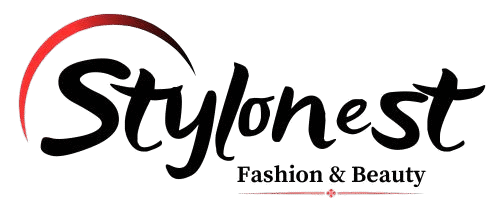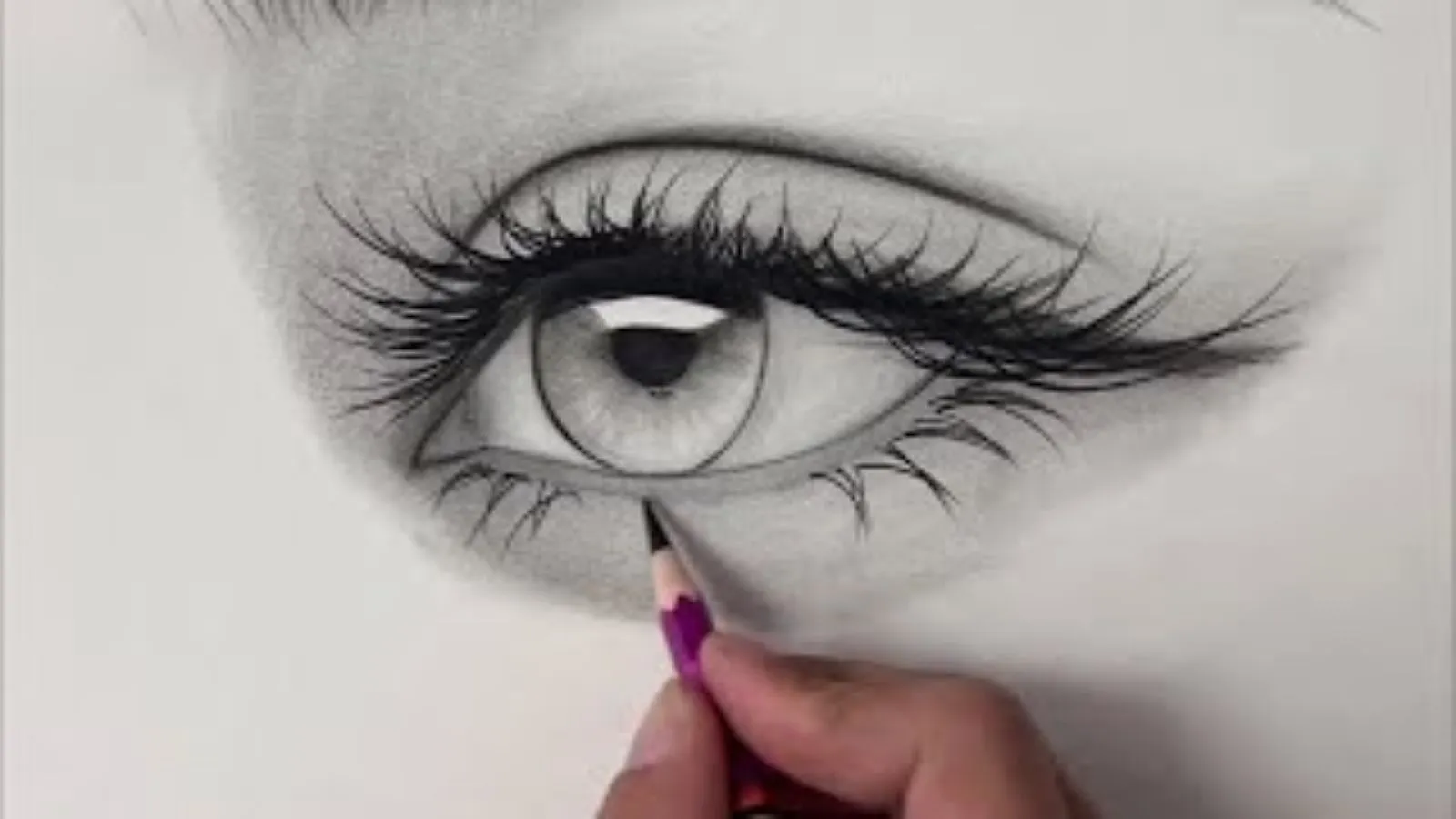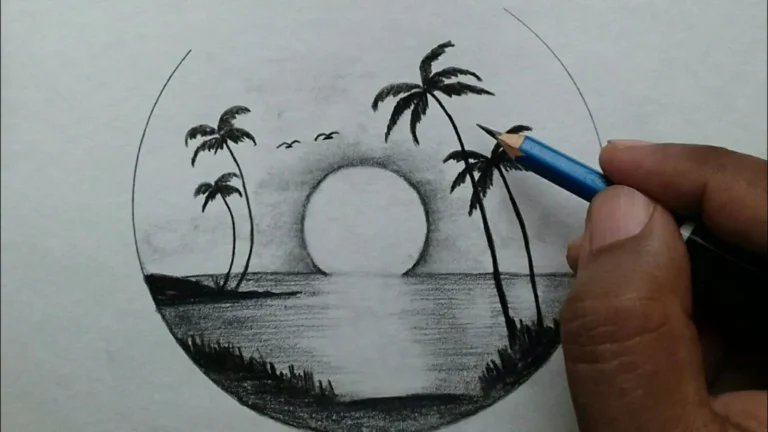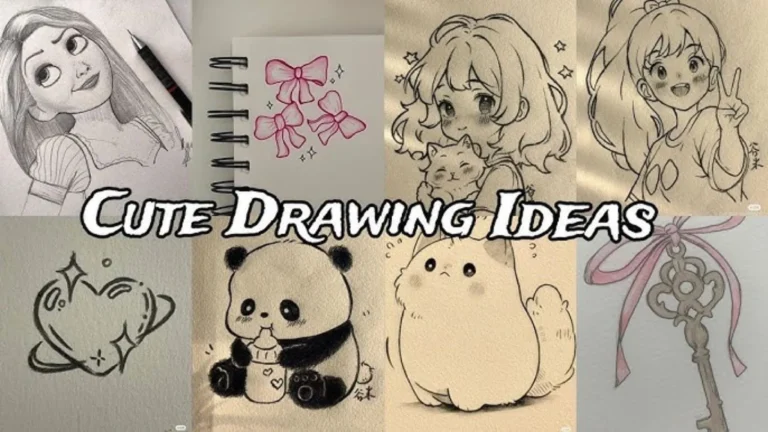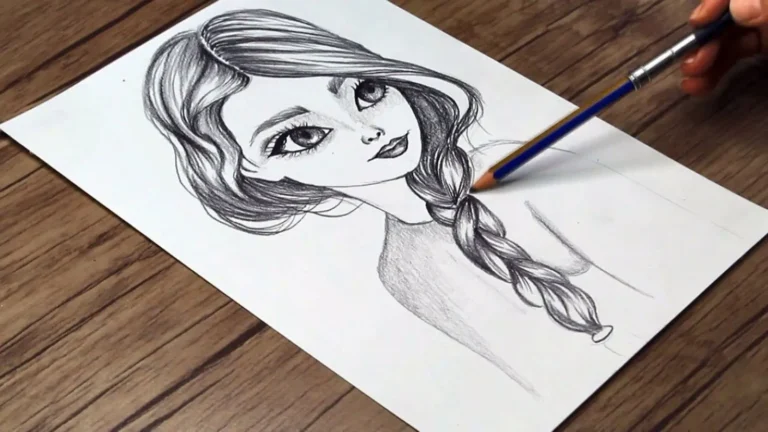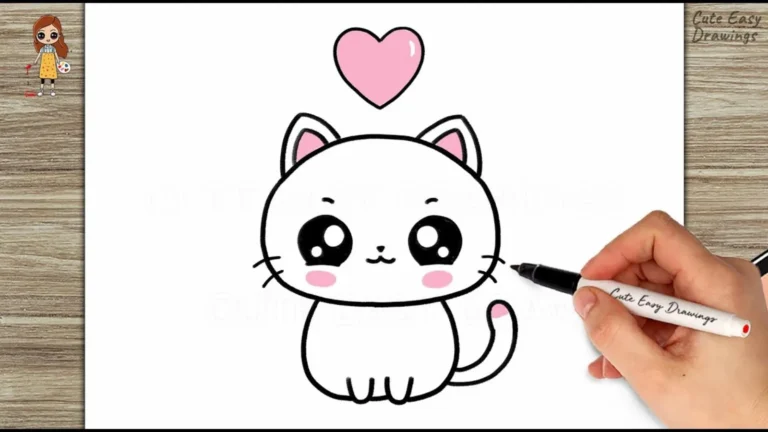Top 10 Drawing Ideas for Beginners to Spark Creativity
Struggling to find inspiration for your next sketch? Whether you’re picking up a pencil for the first time or looking to reignite your creative spark, these drawing ideas are perfect for beginners of all ages. From simple sketches to imaginative concepts, this list will help you build confidence and develop your artistic skills.
Why Drawing Ideas Matter
Drawing is a powerful way to express creativity, improve focus, and hone fine motor skills. For beginners, finding approachable drawing ideas can make the process enjoyable and less intimidating. The ideas below are designed to be simple yet engaging, encouraging you to experiment with shapes, textures, and techniques while having fun.
10 Easy Drawing Ideas for Beginners
- Still Life with Fruit
Arrange a bowl of fruits like apples, bananas, or oranges on a table and sketch their shapes, shadows, and textures. Focus on the curves and contours of each fruit to practice proportion and perspective. Try adding a tablecloth with folds to challenge your shading skills. Use a soft pencil (like 2B) to create smooth gradients for realistic shadows, and experiment with cross-hatching to add depth. This exercise helps you observe light and form, making it a great starting point for beginners.
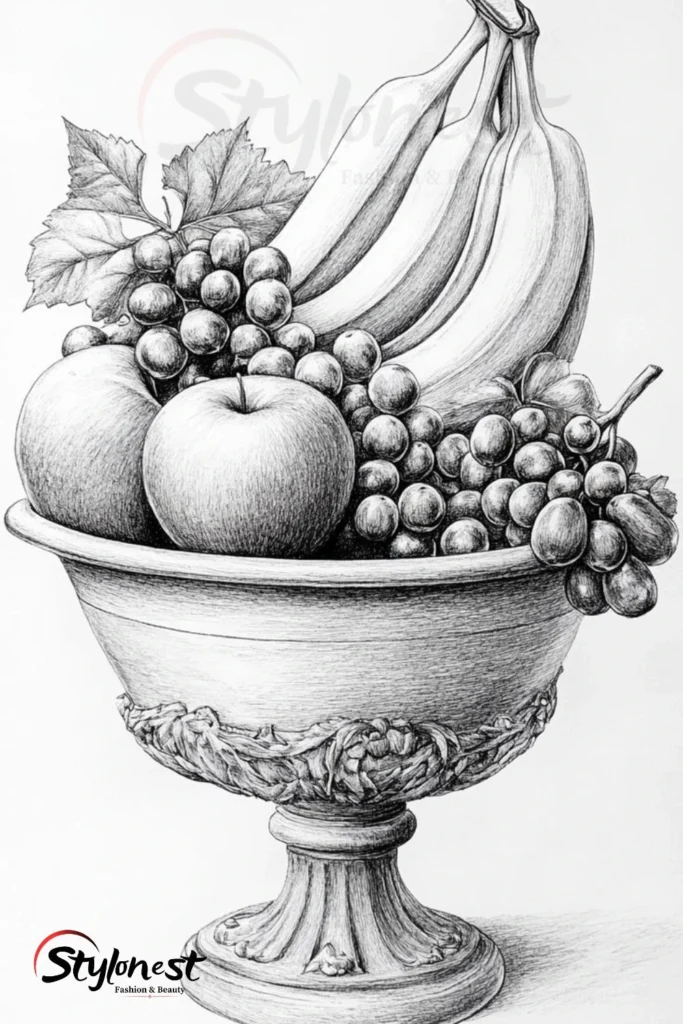
- Your Favorite Animal
Draw a beloved pet, like a cat or dog, or a fantastical creature like a dragon or unicorn. Start with basic shapes—circles for the head, ovals for the body—to build the structure. Add details like fur texture or scales to bring your animal to life. For example, sketch a fluffy cat with short, quick pencil strokes to mimic fur or a dragon with jagged lines for a scaly effect. This idea lets you practice anatomy and texture while drawing something you love.
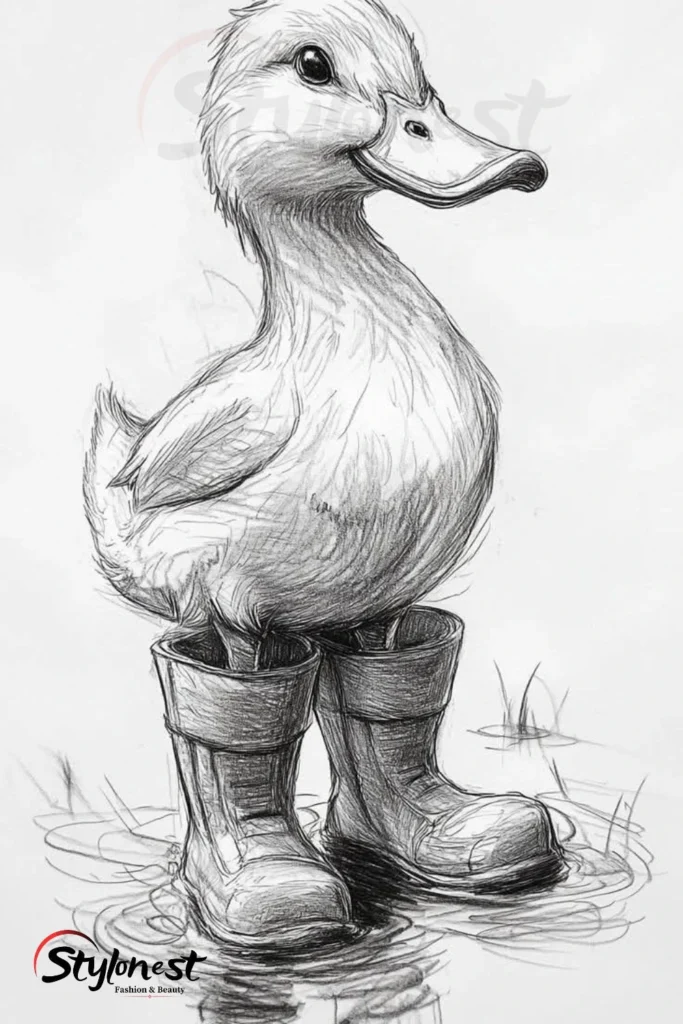
- Tree Silhouette
Capture the outline of a tree against a sunset or plain background. Focus on the branching patterns and experiment with textures for the bark, like rough, wavy lines or stippling for a rugged look. Add a gradient sky with colored pencils or watercolors to enhance the mood. Try drawing the tree from different angles, such as looking up at the branches, to practice perspective. This idea is perfect for learning how to balance simplicity with detail.

- Self-Portrait
Create a simple self-portrait using a mirror to study your facial features. Start with an oval for the head and map out the eyes, nose, and mouth with light guidelines. Experiment with different expressions, like a smile or a thoughtful gaze, to add personality. Pay attention to proportions—eyes are typically halfway down the face—and use shading to define cheekbones or jawlines. This exercise builds observation skills and confidence in capturing human features.
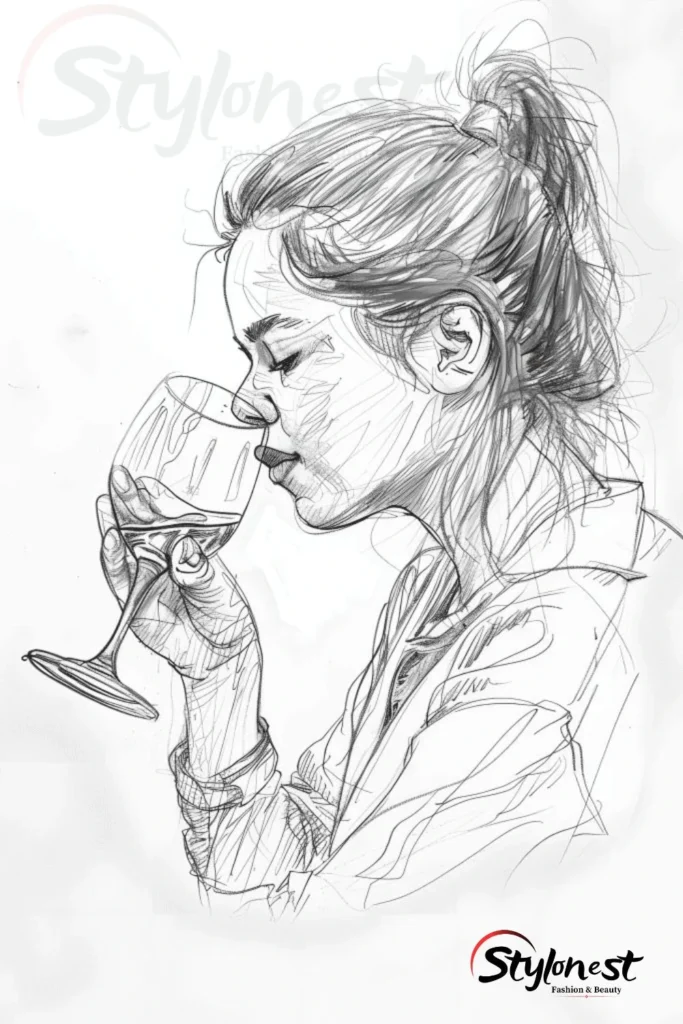
- Cityscape at Night
Sketch a city skyline with glowing lights and towering buildings. Use straight lines to create the geometric shapes of skyscrapers and add details like windows or neon signs. Incorporate a starry sky or a glowing moon to enhance the atmosphere. Try experimenting with a monochromatic palette (like blues and purples) to evoke nighttime. This idea helps you practice perspective and line work while creating a striking urban scene.

- Flower Garden
Draw a cluster of flowers like roses, daisies, or tulips in a garden setting. Focus on the unique shapes of petals and leaves, using flowing lines to capture their organic forms. Add details like dew drops or a butterfly for extra charm. Experiment with colored pencils or markers to bring vibrancy to your drawing. For a challenge, include a background with grass or a fence to practice depth. This idea is great for exploring color and composition.
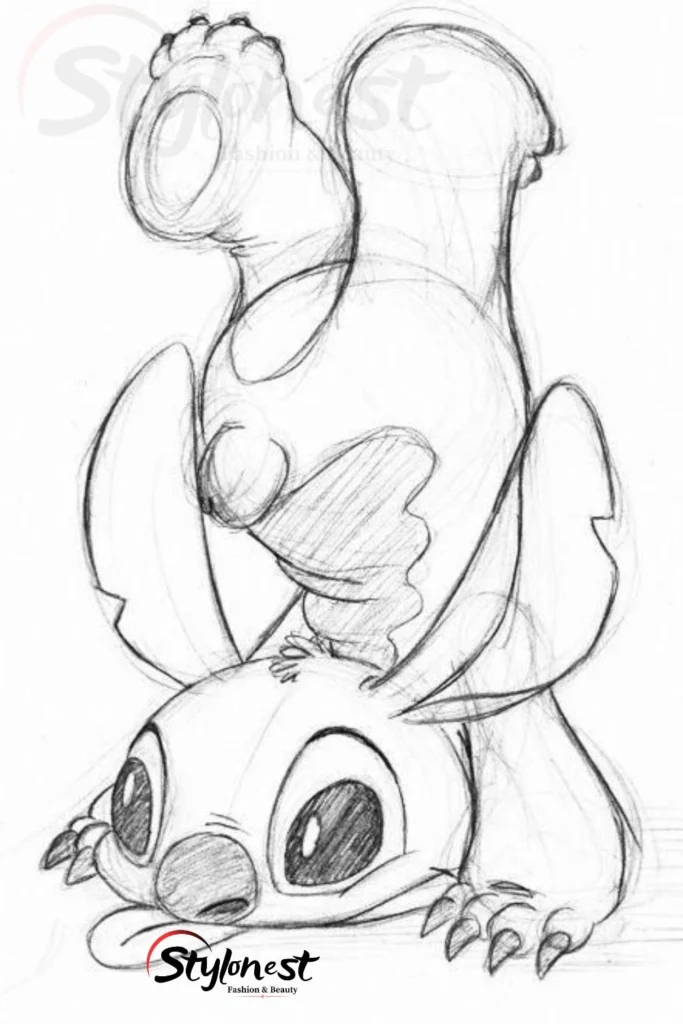
- Cartoon Character
Invent a fun cartoon character or recreate a favorite from a show or comic. Simplify features—big eyes, exaggerated expressions—to create a playful look. Start with a basic shape for the head and body, then add quirky details like spiky hair or oversized accessories. Try creating a short comic strip featuring your character to practice storytelling. This idea encourages creativity and is perfect for beginners who enjoy whimsical art. - Ocean Waves
Illustrate waves crashing on a shore, using flowing, curved lines to capture the movement of water. Add details like foam, rocks, or seashells to create a dynamic scene. Experiment with shading to show the depth of the waves, using lighter strokes for foam and darker ones for deeper water. For a challenge, include a distant horizon or a lighthouse to practice perspective. This idea helps you master fluid lines and motion. - Everyday Objects
Pick common items like a coffee mug, a pair of shoes, or a book and sketch them from different angles. Focus on their shapes and textures—for example, the smooth ceramic of a mug versus the worn leather of a shoe. Try adding shadows or highlights to show how light interacts with the object. For a fun twist, arrange multiple objects in a composition, like a desk scene. This exercise sharpens your observation and perspective skills. - Fantasy Landscape
Imagine a magical world with floating islands, glowing forests, or mystical mountains. Start with a horizon line and build your scene with surreal elements, like trees with sparkling leaves or rivers that defy gravity. Use bold colors and imaginative shapes to make your landscape feel otherworldly. Add a character, like a wizard or explorer, to give the scene a story. This idea lets your creativity run wild while practicing composition and color.
Tips to Enhance Your Drawing Skills
- Start with Basic Shapes: Break down complex objects into circles, squares, and triangles to simplify the drawing process.
- Practice Shading: Use light and dark areas to add depth, experimenting with techniques like hatching or blending.
- Use Reference Images: Study photos or real objects to improve accuracy in proportions and details.
- Experiment with Mediums: Try pencils, charcoal, colored pencils, or digital tools to discover what suits your style.
- Keep a Sketchbook: Draw daily, even quick sketches, to build confidence and track your progress.
Why These Drawing Ideas Work
These ideas are designed to be approachable, requiring minimal materials—just a pencil, paper, and your imagination. They encourage creativity while helping you build foundational skills like observation, line work, shading, and composition. Each idea offers flexibility, allowing you to add your personal touch, whether you prefer realistic sketches or whimsical designs. They’re also versatile, making them ideal for overcoming artist’s block or building a consistent drawing habit.
Conclusion
With these drawing ideas for beginners, you can start creating art that reflects your unique style. Grab your sketchbook, pick an idea, and let your creativity flow. Want more inspiration? Explore advanced drawing techniques or share your sketches online to connect with other artists!
